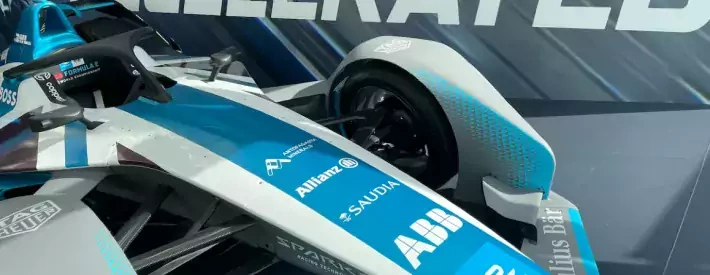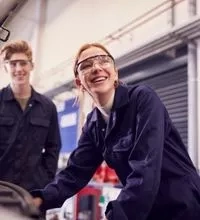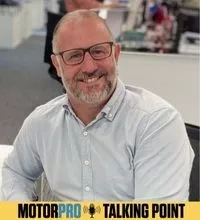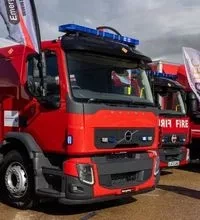The future of the mobility workforce at MOVE 2022

The MOVE event at London’s Excel centre on this month, held in partnership with the IMI, was billed as the world's most important urban mobility event. Where visionaries and disruptive technology meet to drive the future of transport.
It didn’t disappoint. Beyond the Formula E car by the entrance was a “start-up village” with around 100 fledgling businesses. Then, as you moved closer to the main stage, came the increasingly lavish stands of better known and more generously funded brands.
Dotted around were display vehicles, test tracks and smaller theatres hosting presentations on everything from electric vehicles and mobility-as-a-service to smart cities and clean energy.
On the Wednesday, IMI CEO Steve Nash took part in Meeting the challenge of transforming an industry and bringing the workforce with you panel, along with Usha Raghavachari, of Ford’s D-Ford human-centered design unit, and Rebecca Smith, Skills Lead at The Society of Motor Manufacturers and Traders (SMMT).
“My objective was to explain the challenges and opportunities in upskilling that larger part of the automotive workforce who operate outside the factory gates,” said Nash.
“To get across that the existence of an appropriately trained and qualified workforce to support the growing electrified vehicle parc is every bit as essential to those considering an EV/PHEV purchase as a readily accessible charging network.
“The event itself was energising, educational and motivational, attended by a plethora of new entrants alongside established players, all exhibiting innovative and ground-breaking technologies which would convince even the greatest doubters that the future of automotive is indeed electric.”
Notable start-up developments included Beam Connectivity’s telematics modules, which seem to have been hit by a shrink ray. CEO Thomas Sors, previously head of Dyson’s Connected Vehicle programme, explained that they have not only reduced the size and weight of the hardware, but also improved the speed and added new functionality to bring connectivity to the micromobility sector as well as traditional vehicles.
They’re definitely one to watch, as is Karfu – an impartial information source which recommends the best mobility option based on your “needs, location, budget, preferences and environmental impact”, whether that’s a car, van, motorcycle or electric unicycle, bought outright, leased or shared. Their Beta programme has been running for a while but CEO Sam Ellis told me they’re very close to launch.
In an entertaining talk comparing setting up a start-up to playing chess and poker at the same time, Stefan Krause, CEO of B-ON, reminded us that 800,000 new businesses were created in the UK last year, and that 5.5 million SMEs account for “a huge amount” of the UK’s business population.
Much chatter on the Thursday revolved around batteries, particularly the contribution of Lauri Lehtonen, SVP for Biomaterials at Helsinki-based Stora Enso. This 10 billion Euro business specialises in paper, so what was he doing at MOVE? Well, Stora Enso have developed nanotechnology which uses trees for the anode material – sustainably growing it instead of mining it. Pretty mind-blowing.
Yours truly then had the pleasure of hosting a panel on “How battery tech start-ups are changing the game”, with Will Tope, Commercial Director at LiNa Energy, and Khushboo Shrivastava, CEO of Coulomb.ai.
On the hardware side, Lancaster-based LiNa is doing pioneering work on solid-state sodium batteries. “We use sodium chloride, commonly known as salt, and it's abundant,” said Tope. “We’re only at the very beginning of our journey towards EVs and we already have a supply crunch on lithium ion, so everyone is looking for diversification.”
There’s hardly time to mention the eye-catching City Transformer microcar – an electric two-seater with four wheels that can extend out for greater stability and tuck in “to outsmart traffic and fit into tight urban spaces” – or the Zevo EV delivery vehicle from General Motors’ tech startup, BrightDrop, which went from paper sketch to full production in 20 months. That’s incredible.
As a final nugget, Robert Bateman of Nissan told me that some of the systems on their self-driving test cars – maybe traffic light or pedestrian recognition – could be included in the new ProPilot software.




